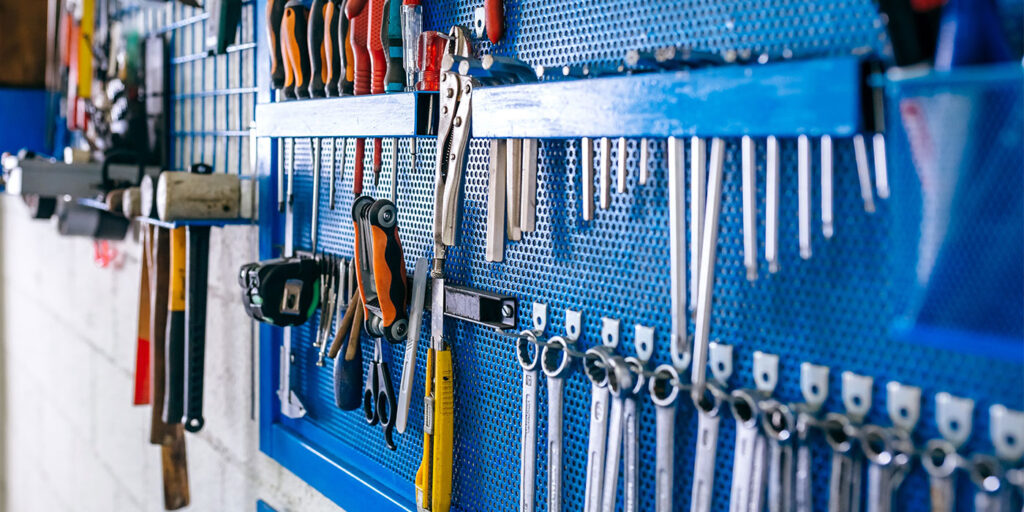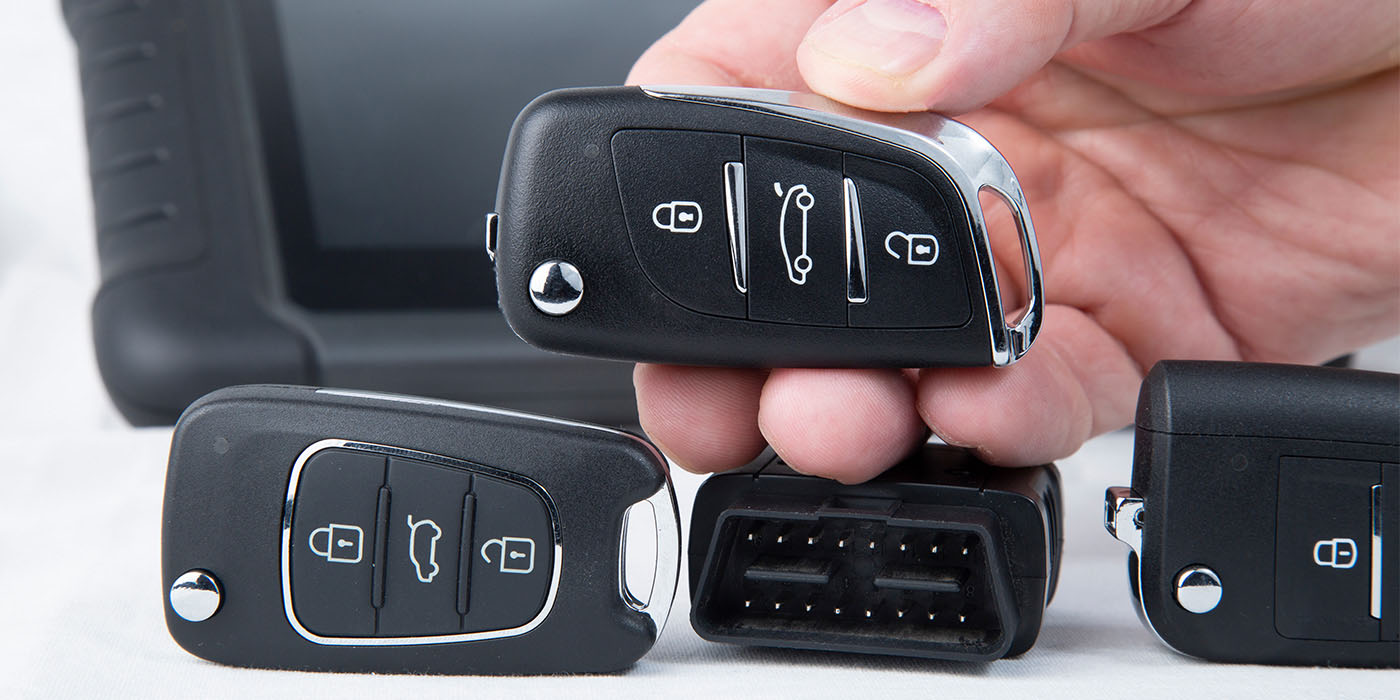Last month, we started this new column called “Not a Pry Bar or Punch.” It’s a column about the life of an automotive technician, from good to bad, to funny and frustrating. Many of these will be true stories and lessons I’ve learned the hard way over the years, and some of them will just be my opinion.
If you like what I say, or if you don’t, feel free to drop me a line and let me know. I’m always happy to share other people’s viewpoints.
Like many technicians, I’ve spent my entire life trying to figure out how to organize my tools. I’ve spent countless dollars on every type of organizational product in the book, and while most of them work great, I still find myself looking for a way to make it better.
After all these years, you would think I’d have it figured out, but every time I get things organized, somehow it gets away from me, as it did again over the last year. Finally, I figured out the problem. I have too many tools! Personally, I used to never think that was possible, but now I realize it is, and it was my latest organization project that made it all clear.
A few weeks ago, I started reorganizing my tools. On top of the fact that my garage was a complete disaster from too many projects, I had bought more tools, and just had no place to put them. I had also purchased a tool grid system and many bags of the accessories, and even though I was eager to install it, I felt like it would take a long time, so I was avoiding the project.
It was time to get things in order and I decided installing the tool grid was the place to start. I only purchased the grid for the top drawer of my toolbox since it was full front-to-back with sockets, stored on everything from traditional rails to socket peg trays. I knew there was a lot of space being lost but didn’t know how much I could reclaim using the grid system. I figured I’d try the sockets first, and if it worked for them, I’d think about getting more for the rest of the box.
So, I dug into the project and emptied the top drawer. I cut the tool grid boards to fit and once I had them in place, I started to lay things out. Long story short, it turned out great! It took me a while to find the “rhythm” of what I was doing, but once I did, it went quickly. The sockets that formerly took up the entire drawer were reduced to taking up only half of the space!
But it wasn’t the grid that made me discover the root of the problem, it was going through all the sockets one by one as I laid out the drawer. Why do I have two of these, I continuously asked? I don’t need this, I kept murmuring to myself. Where did all this extra stuff come from?
That alone almost did it, but then I started working on the rest of the box and decided I was going to move my screwdrivers around. That’s when the lightning bolt struck. I had a whole drawer full of screwdrivers and, without counting, I’d say a close estimate was 50. That means there were about 35 more than I ever use.
I have a standard eight-piece set of screwdrivers, two different ratcheting screwdrivers, an extra-long Phillips, extra-long flat blade, two stubby screwdrivers and a pocket screwdriver that I use all the time. That’s it. These are all I ever use, and I end up digging through a cluttered drawer of extras just to find one of these when I need it. I use these particular ones because they are the high-quality professional tools I invested in when I decided on a career as an auto technician.
So, how did I get so many? The extra ones aren’t junk by any means, they are good screwdrivers, but they are not as good as the ones I consider professional tools. There’s the occasional one that I found under the hood of a car, and many that were either given to me as a gift or that I bought before I was in the industry. And there’s at least half a dozen pocket screwdrivers that were Christmas gifts from tool dealers.
It must be some kind of strange addiction to hoard tools like this, but it’s time to get them out of my toolbox. They’ll either go into small portable tool kits in the trunk of a car, or I’ll give them to someone who needs some. Just think of the time I’ll save not digging through a pile of screwdrivers to find the one I need. Not to mention, it’ll be easier to spot a missing one when I’m cleaning up.
It turns out, my plier drawer was the same way with many pairs I haven’t used in years. Then, with all the extra space in my top drawer, I was able to lay out and store all my ratchets and extensions, which also turned out great, but in the process, I realized there, too, I had multiple extras. Many of these were professional quality, and I know I made the decision to buy them, many times just because of a sale or unexplained impulse, but the fact remains; there are only a few that I use. I just have too many tools.
I must be a tool dealer’s dream. So, I’m thinning out the tools I never use, my toolbox looks better than ever, I’ve increased my efficiency and I have all kinds of space opening up for new stuff that I actually need. Now I can get back to what I’m good at — buying tools.














